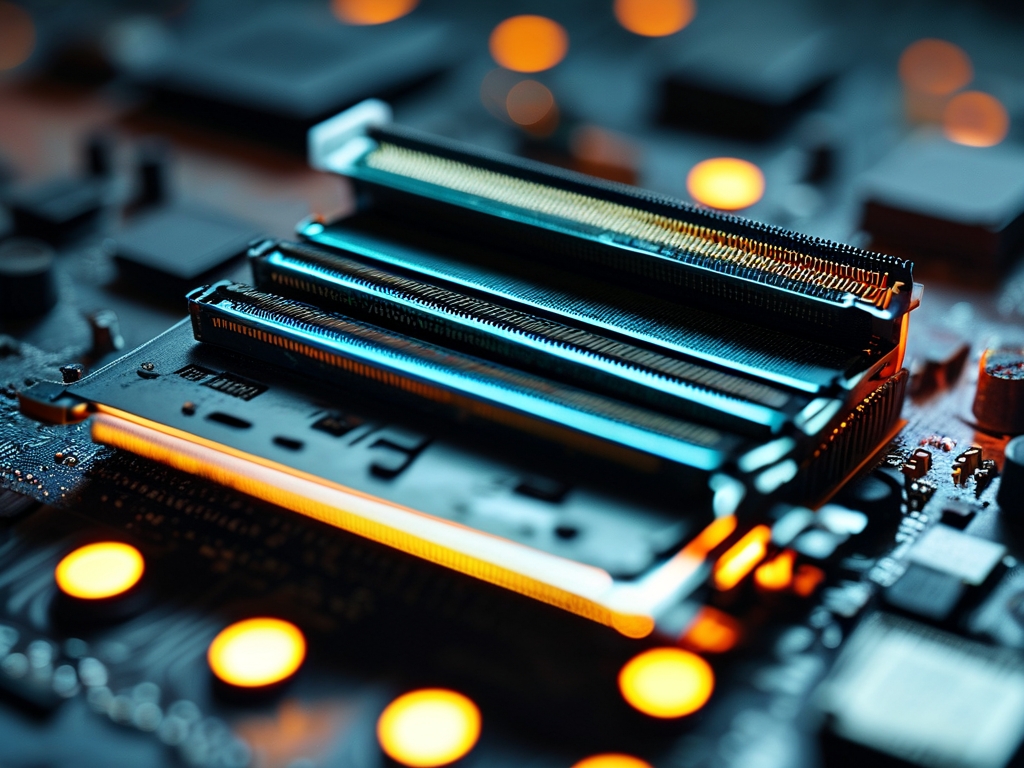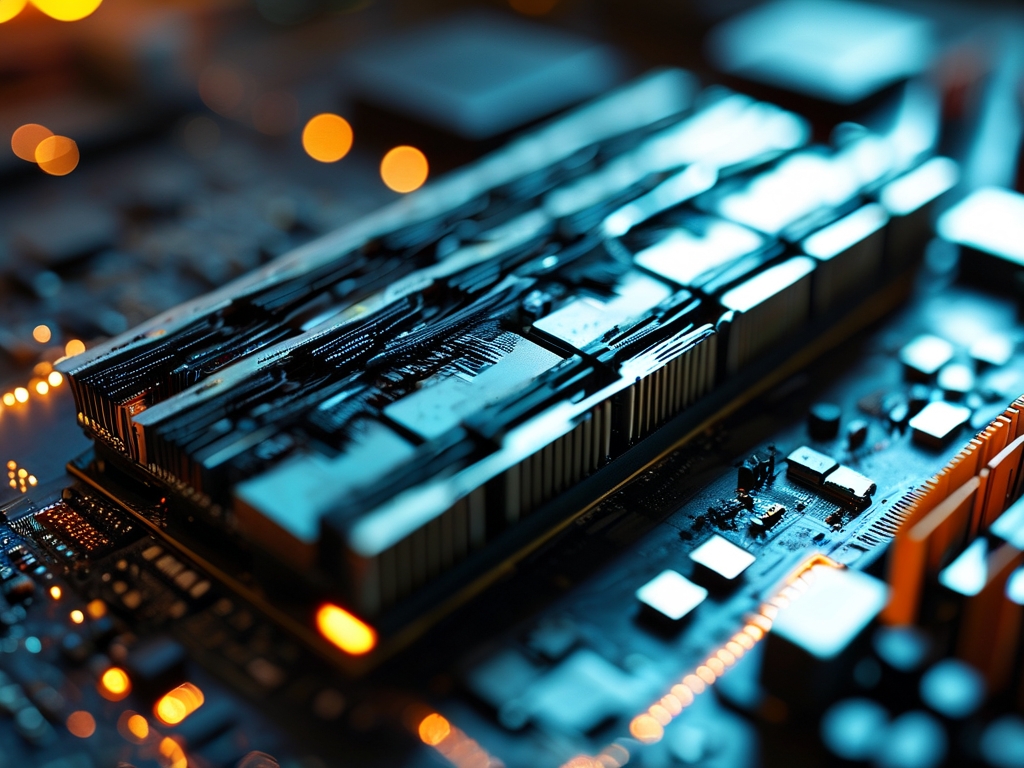Upgrading a computer’s memory (RAM) is one of the most effective ways to improve performance, especially for users experiencing slowdowns during multitasking, gaming, or resource-intensive tasks like video editing. However, determining how much RAM you need—and ensuring compatibility—requires careful consideration. This article explores the factors that influence RAM requirements, compatibility guidelines, and practical tips for a successful upgrade.
1. Understanding RAM and Its Role
Random Access Memory (RAM) acts as a temporary workspace for your computer’s processor. It stores data from active applications and operating system processes, allowing quick access compared to slower storage devices like hard drives or SSDs. Insufficient RAM forces the system to rely on "virtual memory" (using storage as a backup), which significantly slows performance.
2. How Much RAM Do You Need?
The ideal RAM capacity depends on your usage:
- Basic Use (4–8 GB): For light tasks like web browsing, email, or document editing, 4–8 GB is sufficient. However, modern operating systems and browsers are memory-hungry, making 8 GB the practical minimum for smooth performance.
- Multitasking and Productivity (16 GB): Users running multiple applications (e.g., office suites, video calls, and browser tabs) or mid-tier creative software (e.g., Photoshop) will benefit from 16 GB. This capacity prevents slowdowns during heavy workloads.
- Gaming and Content Creation (32 GB or More): High-end gaming, 4K video editing, 3D rendering, or engineering simulations demand 32 GB or more. Games like Cyberpunk 2077 or software like Blender thrive with extra headroom.
- Extreme Workloads (64+ GB): Reserved for servers, advanced data analysis, or professional-grade virtualization. Most home users won’t need this tier.
3. Compatibility Factors
Before purchasing RAM, verify these critical specifications:
- RAM Type (DDR Generation): Modern systems use DDR4 or DDR5. Older systems may require DDR3. Mixing generations is impossible due to physical and electrical differences.
- Speed (MHz): RAM speed affects data transfer rates. Ensure your motherboard supports the selected speed (e.g., DDR4-3200). Faster RAM may require enabling XMP/EXPO profiles in the BIOS.
- Capacity per Module: Motherboards have limits per slot (e.g., 32 GB per slot for DDR4). Check your board’s specifications.
- Channel Configuration: Dual-channel or quad-channel setups boost performance. Install RAM in matched pairs (e.g., two 8 GB sticks instead of one 16 GB).
- Operating System Limits: Windows 10/11 Home supports up to 128 GB, while Pro editions handle 2 TB. macOS limits vary by model.
4. Step-by-Step Upgrade Guide
- Check Current RAM: Use tools like CPU-Z (Windows) or About This Mac > System Report (macOS) to identify existing RAM type, speed, and slots in use.
- Research Motherboard Limits: Consult the motherboard manual or manufacturer’s website for maximum supported RAM, slots, and speeds.
- Choose the Right Kit: Purchase a matched kit (e.g., 2x16 GB) for dual-channel benefits. Brands like Corsair, Crucial, and G.Skill offer reliable options.
- Installation: Power off the PC, ground yourself to prevent static damage, and insert modules firmly into slots until they click.
- Verify in BIOS/OS: Boot into BIOS to confirm detection, then check the OS (e.g., Task Manager on Windows) to ensure full capacity is recognized.
5. Common Pitfalls to Avoid
- Mixing RAM Speeds: Combining different speeds forces all modules to run at the slowest speed.
- Overlooking Voltage: Some high-performance RAM requires higher voltage. Ensure your motherboard can supply it.
- Ignoring Form Factor: Laptops use SO-DIMMs; desktops use DIMMs.
6. Future-Proofing Your Upgrade
While 16–32 GB meets most current needs, consider future software demands. Opt for slightly higher capacity or faster RAM if budget allows, especially if you plan to keep the system for 5+ years.

7. Cost vs. Performance Balance
RAM prices fluctuate, but DDR4 remains affordable. DDR5, while faster, is pricier and requires compatible motherboards (e.g., Intel 12th/13th Gen or AMD AM5). For most users, DDR4-3200 16 GB offers the best value.
Determining how much RAM your computer needs involves assessing your workflow, verifying hardware compatibility, and balancing budget with performance goals. For average users, 16 GB strikes a sweet spot, while enthusiasts and professionals should aim for 32 GB or more. Always cross-check motherboard specifications and prioritize quality kits from reputable brands to avoid compatibility issues. With careful planning, a RAM upgrade can breathe new life into an aging system or supercharge a new build.




